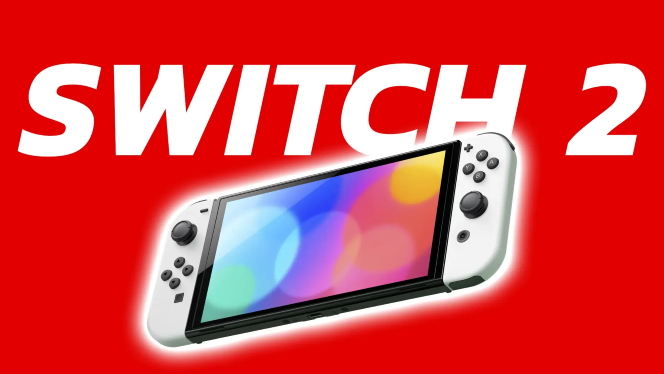Rumors have it that even if Nintendo uses Nvidia’s architecture, the next-generation hardware from the Japanese company will not be able to match the performance of the Xbox Series S.
According to GitHub updates, the successor to the Nintendo Switch may use Nvidia’s Ampere GPU architecture on its system-on-a-chip (SoC), as Kepler_L2 revealed and posted it on Twitter. Nvidia has worked on at least two SoCs that use Ampere. A small explanation for the layman: we’ve seen it in GeForce RTX 3000 cards, so it’s a relatively new technology. The T234 and T239 SOCs have popped up in Nvidia’s GitHub Open-GPU section.
According to Revegnus, the T234 SOC has been canceled by Nvidia, and the T239 will be mass-produced, using Samsung’s 8-nanometer technology, the same as the GeForce RTX 3000 cards. So Nvidia’s DLSS 3.5 Ray Reconstruction will, in principle, be supported on the big N’s next console. Still, we’ve also reported that ray tracing will not be left out either, as the Japanese company ran a tech demo of Unreal Engine 5’s Matrix Awakens during the console’s closed-door Gamescom presentation. The performance is guaranteed to be much better, as the Switch’s current GPU is based on the Maxwell architecture (GTX 900 and Quadro M GPUs on desktops and the 800M chips in laptops).
Nvidia still has a leg up on AMD in ray tracing, but if the GPU for the Switch successor is indeed Ampere-based, Frame Generation technology will be left out (only seen on the GeForce RTX 4000 cards). Meanwhile, the editors at Digital Foundry discussed what they’ve heard about the new Nintendo hardware in a recent podcast. According to Richard Leadbetter, DLSS and better ray tracing could give it an edge over AMD-technology consoles. Still, it’s questionable whether the Switch 2 (or whatever it will be called) will be able to live up to the Xbox Series S. The raw computing power and memory bandwidth in the mobile, portable space are hard to match compared to the desktop level.
However, they also added that since the release of the Matrix tech demo, Epic Games has done quite a bit of work on Unreal Engine 5, which has become more scalable, making the technology easier to run on weaker machines, and that it’s in Epic’s interest as well as Nvidia’s to make the engine run as well as possible on Nintendo hardware. We’ll see when it’s released, perhaps next fall (Nintendo president Shuntaro Furukawa has confirmed that the new platform will not be released before the end of the fiscal year, so before April 2024).







![[TGA 2025] Diablo IV: Lord of Hatred: A Character Class Returns! [VIDEO]](https://thegeek.games/wp-content/uploads/2025/12/theGeek-diablo-4-expansion-2-lord-of-hatred-paladin-skovos-horadric-cube-302x180.jpg)








Leave a Reply